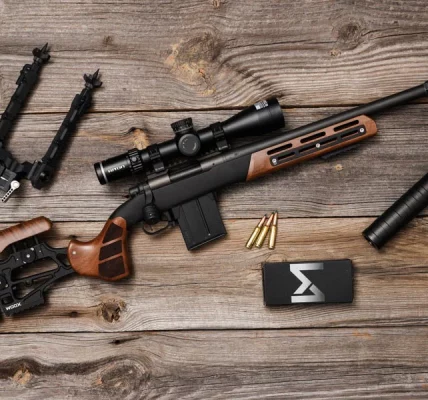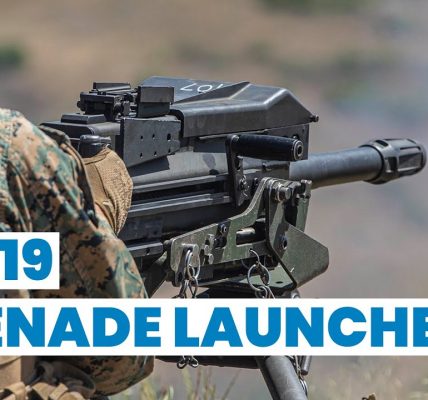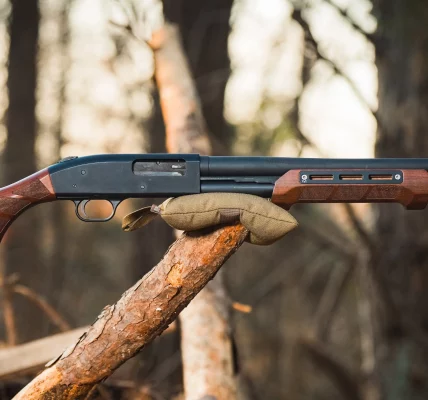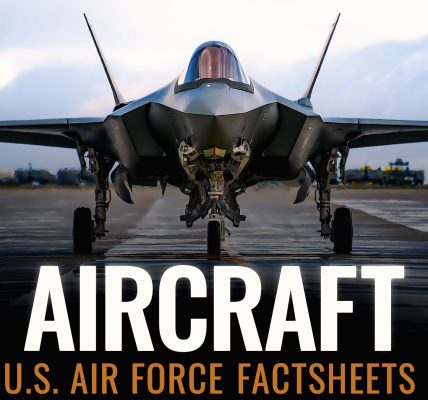Armored Vehicles in the United States A Pillar of Military Might
Armored vehicles, designed to provide protection against enemy fire and other threats, have been a cornerstone of American military power since World War II. Their versatility, firepower, and mobility have made them indispensable in a variety of combat scenarios.
Historical Context
The United States Army began fielding armored vehicles in the early 20th century, with the introduction of the M1A1 tank in 1931. During World War II, armored vehicles played a critical role in the Allied victory, particularly in Europe and the Pacific. The M4 Sherman tank, in particular, became a symbol of American military might.
Types of Armored Vehicles
There are several types of armored vehicles used by the United States military:
- Main Battle Tanks (MBTs): Heavily armored vehicles equipped with powerful main guns and machine guns. Examples include the M1 Abrams and the M60 Patton.
- Infantry Fighting Vehicles (IFVs): Armored vehicles designed to transport and support infantry troops. Examples include the Bradley Fighting Vehicle and the Stryker.
- Armored Personnel Carriers (APCs): Armored vehicles primarily used to transport troops. Examples include the M113 and the M551 Sheridan.
- Recovery Vehicles: Armored vehicles designed to tow damaged or disabled vehicles. Examples include the M88 Recovery Vehicle and the M747 Armored Recovery Vehicle.
- Combat Engineering Vehicles (CEVs): Armored vehicles equipped with tools for engineering tasks, such as clearing obstacles and constructing fortifications. Examples include the M70 Recovery Vehicle and the M104 Wolverine.
Technological Advancements
Armored vehicles have undergone significant technological advancements over the decades. The introduction of advanced armor, composite materials, and active protection systems has improved their survivability. Additionally, improvements in engine technology, suspension systems, and fire control systems have enhanced their mobility and firepower.
Role in Modern Warfare
Armored vehicles continue to play a vital role in modern warfare. They are used to provide mobility, protection, and firepower for ground forces. Armored vehicles are often employed in combined arms operations, working in conjunction with infantry, artillery, and aviation units.
Challenges and Future Trends
The use of armored vehicles in modern warfare presents several challenges. The increasing sophistication of enemy anti-tank weapons and mines requires armored vehicles to be more mobile, adaptable, and survivable. Additionally, the development of precision-guided munitions has changed the way armored vehicles are used, emphasizing the need for active protection systems and advanced mobility.
The future of armored vehicles in the United States military is likely to involve further technological advancements, such as the development of unmanned ground vehicles (UGVs) and advanced armor materials. As the nature of warfare continues to evolve, armored vehicles will remain an essential component of the American military’s arsenal.




